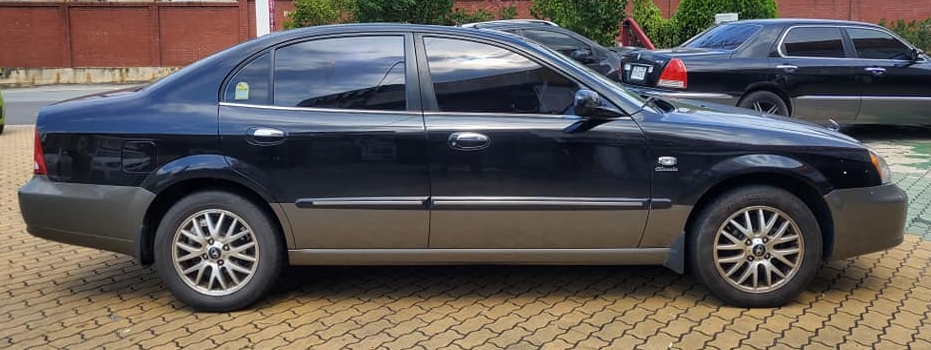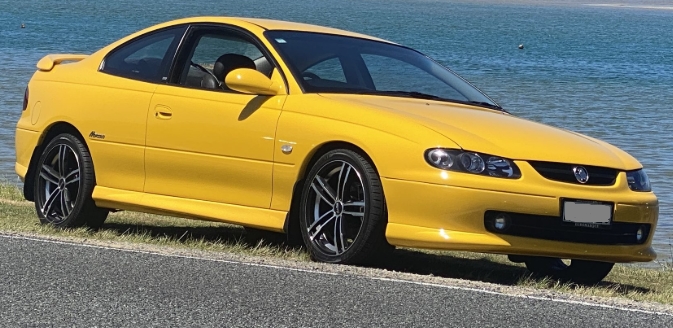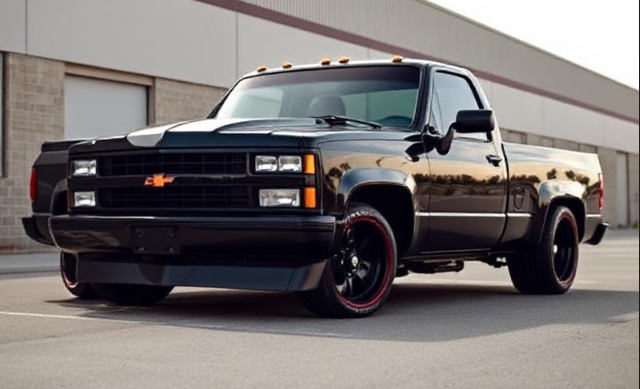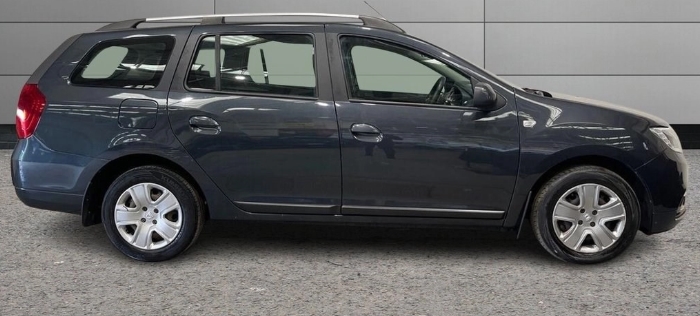The Evolution of the Daewoo Magnus
The Daewoo Magnus stands as a significant chapter in South Korea’s automotive history, representing Daewoo’s ambition to compete in the executive car segment during the late 1990s and early 2000s. Launched to rival established luxury sedans, the Magnus was designed to combine European styling with advanced features, aiming to elevate Daewoo’s global reputation. Its development, production run, and various models reflect the company’s strategic push into the premium market during that era.
Origins and Development
The Daewoo Magnus was developed in the late 1990s, amid Daewoo’s rapid expansion into international markets. It was based on a platform developed jointly with Opel, a subsidiary of General Motors, which helped Daewoo borrow technological expertise. The car was primarily targeted at markets in Asia, Eastern Europe, and the Middle East, where demand for affordable luxury sedans was burgeoning.
Key Development Points:
- Platform and Design: The Magnus was built on a modified version of the Opel Vectra B platform, benefiting from Opel’s engineering and design influence. It featured a sleek, European-inspired exterior with a spacious interior.
- Launch Year: The first generation of the Daewoo Magnus was introduced in 1997.
First Generation Daewoo Magnus (1997–2002)
Production Period: 1997 to 2002
The first-generation Magnus marked Daewoo’s entry into the executive segment, with a focus on offering luxury features at a competitive price point.
Models and Trim Levels
The initial lineup was relatively straightforward, with several trim levels aimed at different markets. The primary models included:
- Daewoo Magnus 2.0: Powered by a 2.0-liter SOHC inline-4 engine.
- Daewoo Magnus 2.5 V6: Equipped with a 2.5-liter V6 engine, offering more power and refinement.
- Daewoo Magnus 1.8: A less common entry, with a 1.8-liter engine aimed at markets with tax advantages.
Features
Standard features across most models included:
- Leather upholstery
- Power-adjustable seats
- Cruise control
- Air conditioning
- Alloy wheels
- ABS and airbags (varied by market)
Notable Variations
In some markets, the Magnus was offered with additional trim levels:
- SE (Special Edition): Included upgraded interior materials and additional features.
- Elegance: Focused on luxury appointments, such as wood trim and premium audio systems.
Design and Reception:
The Magnus showcased a European sedan aesthetic, with a smooth body, chrome accents, and a refined profile. It received mixed reviews, praised for its spaciousness and comfort but criticized for its driving dynamics and interior quality compared to European competitors.
Facelift and Mid-Cycle Updates (2000–2002)
In 2000, Daewoo introduced a facelift aimed at modernizing the Magnus’s appearance and improving features:
- Restyled front grille and headlights
- Upgraded interior with better materials
- New wheel designs
- Improved safety features, including optional side airbags
These updates aimed to keep the Magnus competitive until the end of its first-generation run in 2002.
Second Generation Daewoo Magnus (2003–2006)
Development and Launch:
Building on the first generation’s foundation, Daewoo introduced the second-generation Magnus in 2003, reflecting a shift toward a more refined, European-style luxury sedan. This model was primarily aimed at the European and Middle Eastern markets, where the brand sought to establish a premium image.
Platform and Design:
- Based on a more modern Opel platform, specifically related to the Opel Vectra C.
- Exterior styling became more contemporary, with sharper lines and a more aerodynamic profile.
Models and Trim Levels
The second-generation Magnus was offered with several trim levels, often differentiated by features and engine options:
- Base: Entry-level model with standard features.
- Elegance: Mid-tier offering upgraded interior and comfort features.
- Premium: Top-tier model with additional luxury amenities, including leather seats, premium audio, and advanced safety features.
- Sport: Some markets offered a sportier version with sport-tuned suspension and styling accents.
Powertrain Options
- Gasoline Engines:
- 2.0-liter inline-4
- 2.5-liter V6
- 3.0-liter V6 (introduced in later models)
- Diesel Engines:
- 2.0-liter turbo-diesel (offered in European markets)
Features and Equipment
Standard features across the range:
- Dual-zone climate control
- Power sunroof
- Leather upholstery (on higher trims)
- Alloy wheels
- Advanced audio systems
- Safety features, including ABS, traction control, and multiple airbags
Market Positioning:
The second-generation Magnus was positioned as a more premium vehicle, with an emphasis on comfort, safety, and European styling. It aimed to attract buyers looking for an affordable luxury sedan with European engineering.
Special Editions and Variants
Throughout its production, Daewoo released several special editions of the Magnus:
- Magnus Classic: Focused on comfort and luxury, with interior upgrades.
- Magnus Sport: Featuring sportier styling cues, including fog lights, unique alloy wheels, and suspension tuning.
- Limited Editions: Occasionally released in specific markets with unique badging and additional features.
.
THIS might be a great place to get your new car from!
Or for those who are into the “car flipping” business, here’s an excellent resource for you!

.
End of Production and Legacy
Cessation of Production:
Daewoo ceased production of the Magnus in 2006, as the company transitioned into what became GM Korea and shifted focus toward other models. The Magnus’s legacy lies in its role as Daewoo’s flagship sedan during a period of rapid growth and international expansion.
Impact and Market Reception:
While the Magnus was not a global bestseller, it was appreciated in markets for providing an affordable luxury experience. It helped Daewoo establish a foothold in the executive segment, paving the way for future models like the Chevrolet Epica and Opel-based vehicles.
Collectibility and Modern Perspective:
Today, the Daewoo Magnus remains a nostalgic piece of automotive history, especially in regions where it was popular. Enthusiasts appreciate its European styling and the technological collaborations that underpinned its design.
Conclusion
The Daewoo Magnus’s evolution from its debut in 1997 to its discontinuation in 2006 highlights Daewoo’s strategic efforts to carve out a niche in the luxury sedan market. Spanning two generations, with multiple trim levels and market-specific variants, the Magnus reflected the company’s ambition to deliver European-inspired luxury at an affordable price. Despite its relatively short production run, the Magnus contributed significantly to Daewoo’s global brand development and remains an interesting chapter in the history of South Korean automotive manufacturing.







